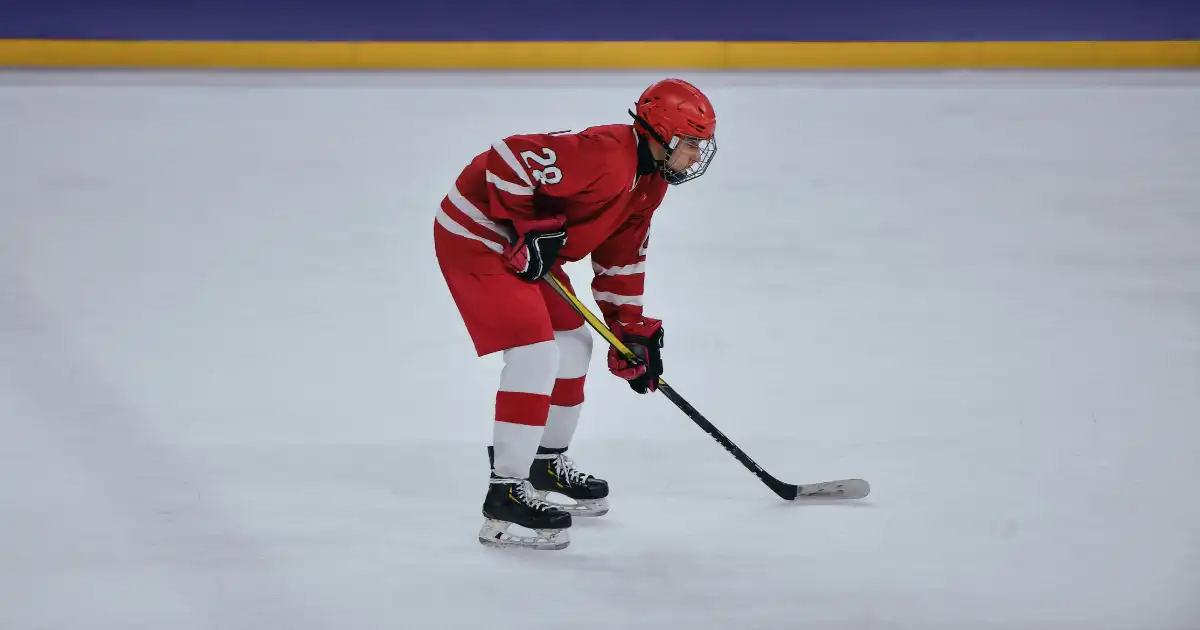From pro rinks to hometown arenas, there’s one sound every hockey fan knows: the sharp tap tap of sticks hitting the ice. So, why do hockey players tap sticks on the ice? Is it a signal, a habit, or something more? Let’s dig into what this ritual means and why it’s so deeply embedded in the sport.
The Tradition of Stick Tapping
Hockey thrives on speed, strategy, and instinct. Before detailed plays and modern coaching tools, players developed ways to stay in sync on the fly. Tapping sticks on the ice became a universal method of communication—clear, quick, and unmistakable.
Tapping Sticks on the Ice: More Than Just a Sound
1. Asking for the Puck
One of the most common reasons players tap sticks on the ice is to ask for a pass. A winger sprinting down the ice might tap repeatedly, alerting a teammate that they’re in position. It’s a sound that cuts through the chaos, signaling readiness and availability in a split second.
2. Showing Support
Stick taps are also a powerful way to show respect. After a big shot block, a slick move, or a key goal, players use their sticks to applaud. It’s a sign of recognition, used in place of shouting or clapping. In youth leagues, where fans and teammates are often more restrained, stick taps become the go-to form of acknowledgment.
3. Pre-Faceoff Focus
Some players include stick tapping in their pre-faceoff routine. This can be a way to mentally lock in, sync with linemates, or throw off an opponent’s concentration. Like a deep breath or a skate shuffle, it becomes part of their rhythm before the puck drops.
4. Encouragement from the Bench
You’ll hear stick tapping coming from the bench too. When a goalie makes a highlight-reel save or a teammate battles through a tough shift, the bench lights up with stick taps. It’s a fast, effective way to show appreciation and boost morale without needing to shout over the action.
Inside the Pro Rinks
In the NHL and other elite leagues, tapping sticks is a fully understood signal. Coaches train players on when and how to use it—loud, soft, subtle, or sharp. During tight plays or line changes, the tap can mean the difference between a breakout and a missed chance.
It’s not just about being heard—it’s about timing, awareness, and understanding the rhythm of play. This on-ice sound serves as an essential part of team communication at all levels.
A Cultural Cue
Tapping sticks on the ice isn’t always about tactics. It’s also a sign of the sport’s culture. Hockey places a high value on respect—toward teammates, opponents, and the history of the sport. When players tap their sticks, they often honor effort, sportsmanship, or a powerful moment.
During tributes or ceremonies, stick taps are used to salute those being remembered. The sound creates a shared experience among players and fans that transcends competition.
A Language of Its Own
For newcomers to the sport, hearing players tap sticks on the ice might seem unusual. But to those on the ice and in the stands, it’s as meaningful as any goal or assist. It’s the sound of unity, trust, and connection between players who rely on each other through every shift.
From calling for a pass to showing appreciation after a fierce play, tapping the stick has become one of the sport’s signature expressions.
Final Thoughts
So, why do hockey players tap their sticks on the ice? Because in a sport driven by grit and instinct, sometimes sound carries more meaning than words. It’s a form of expression, a tool for connection, and a tradition that runs deep through every level of play.
#HockeyTradition #StickTaps #TapSticksOnIce #HockeyLife #OnTheBench #IceSignals #RespectTheIce

